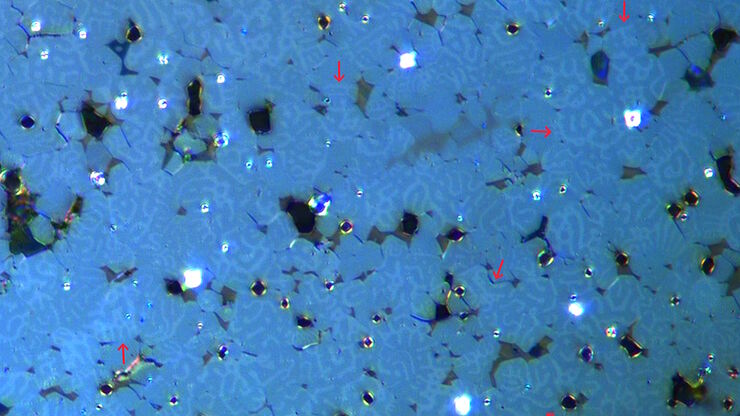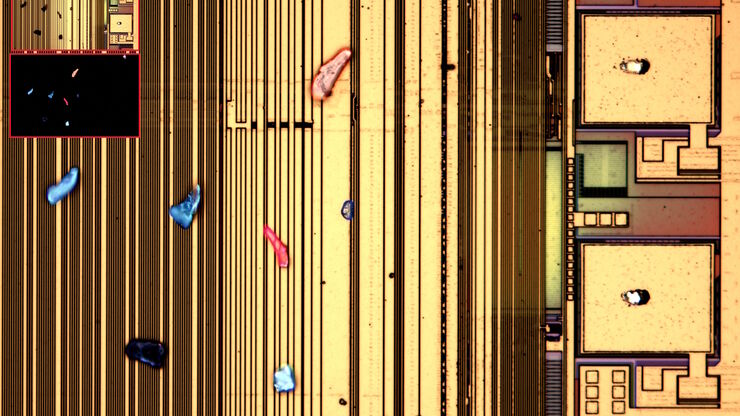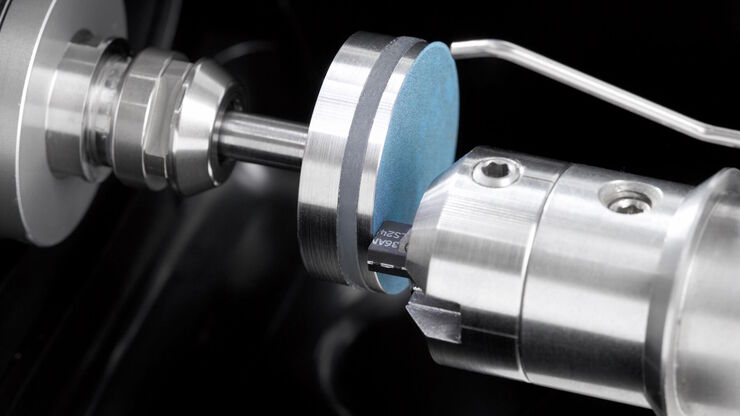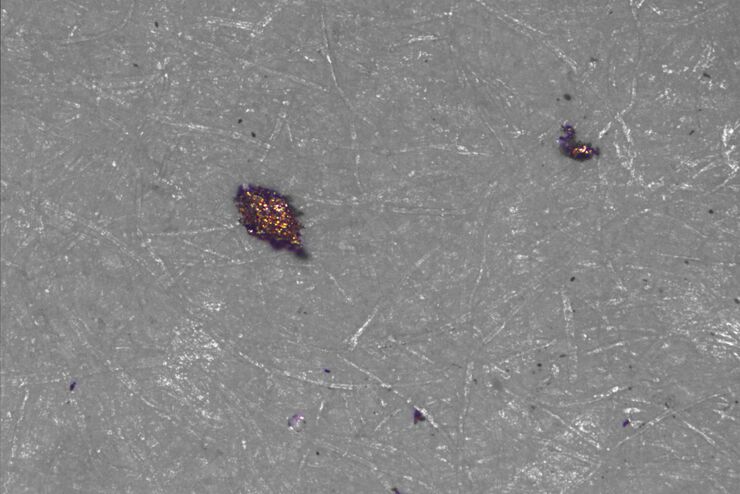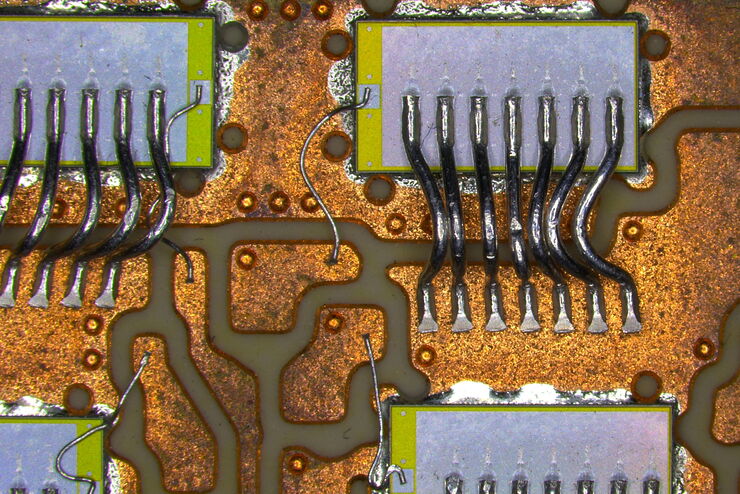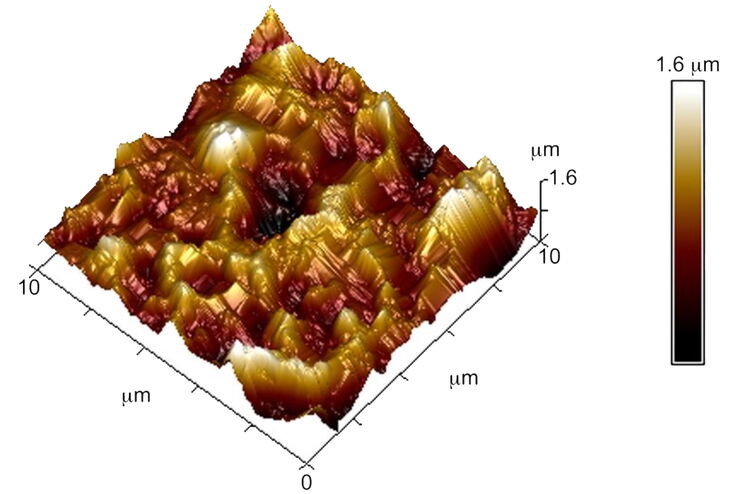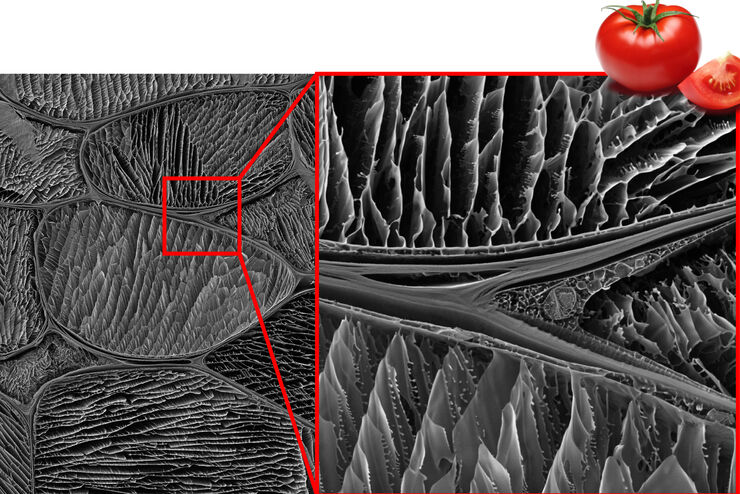David R. Barbero , PhD

Dr. David R. Barbero is an engineer and physicist who has over 15 years of experience in nanoscale opto-electronic materials, devices and displays. His work has been published in several top journals in Materials Science and Physics and highlighted in over 300 scientific newspapers and internet websites. He has a long experience in nano-patterning and nano-structuring of polymers and composites (optical lithography, nano-imprinting, colloidal, nanotubes, and polymer self-assembly). David obtained his PhD in Physics at the Cavendish Laboratory, University of Cambridge, UK, where he was a Marie-Curie Fellow, a European Cambridge Trust Scholar, and he was awarded the Abdus Salam runner-up prize in Physics from Cambridge University in 2009.

